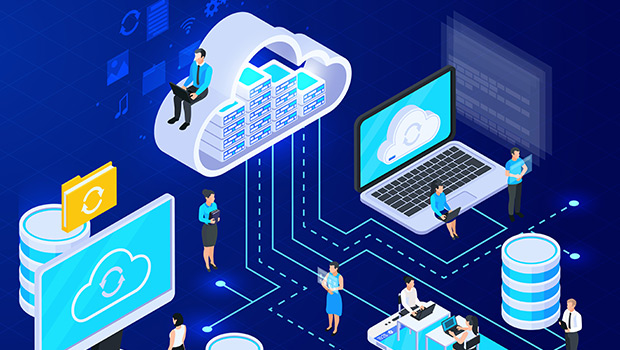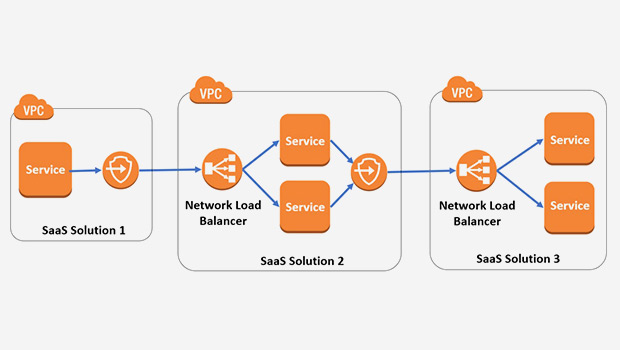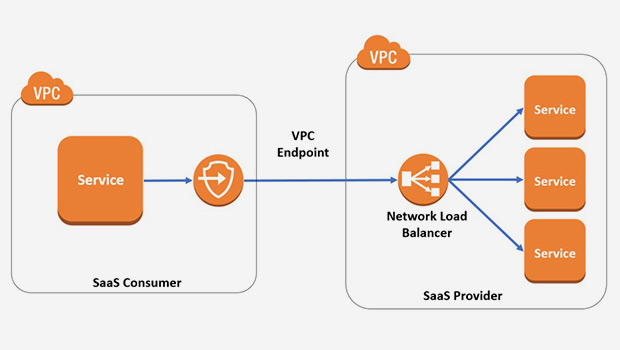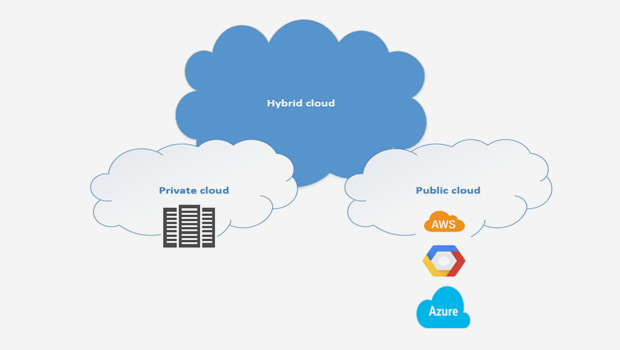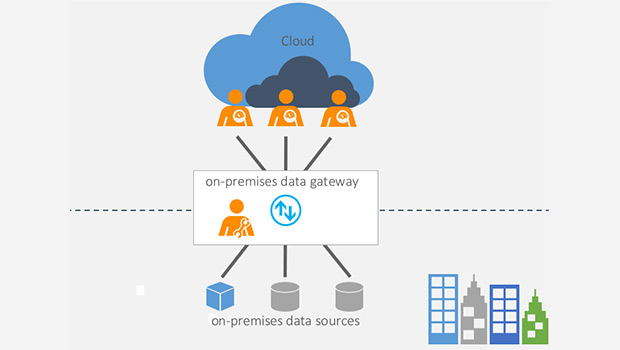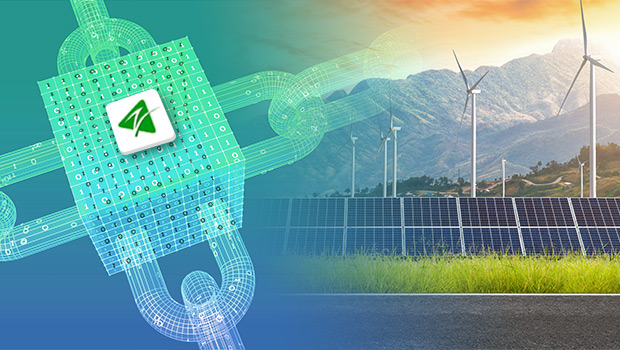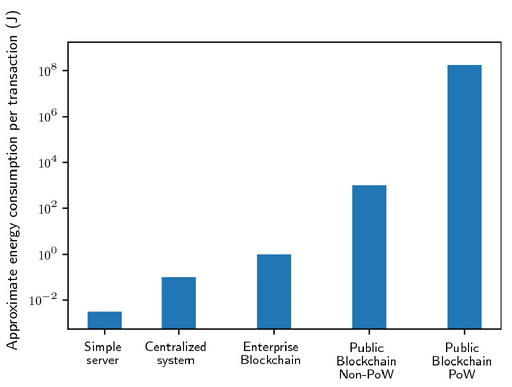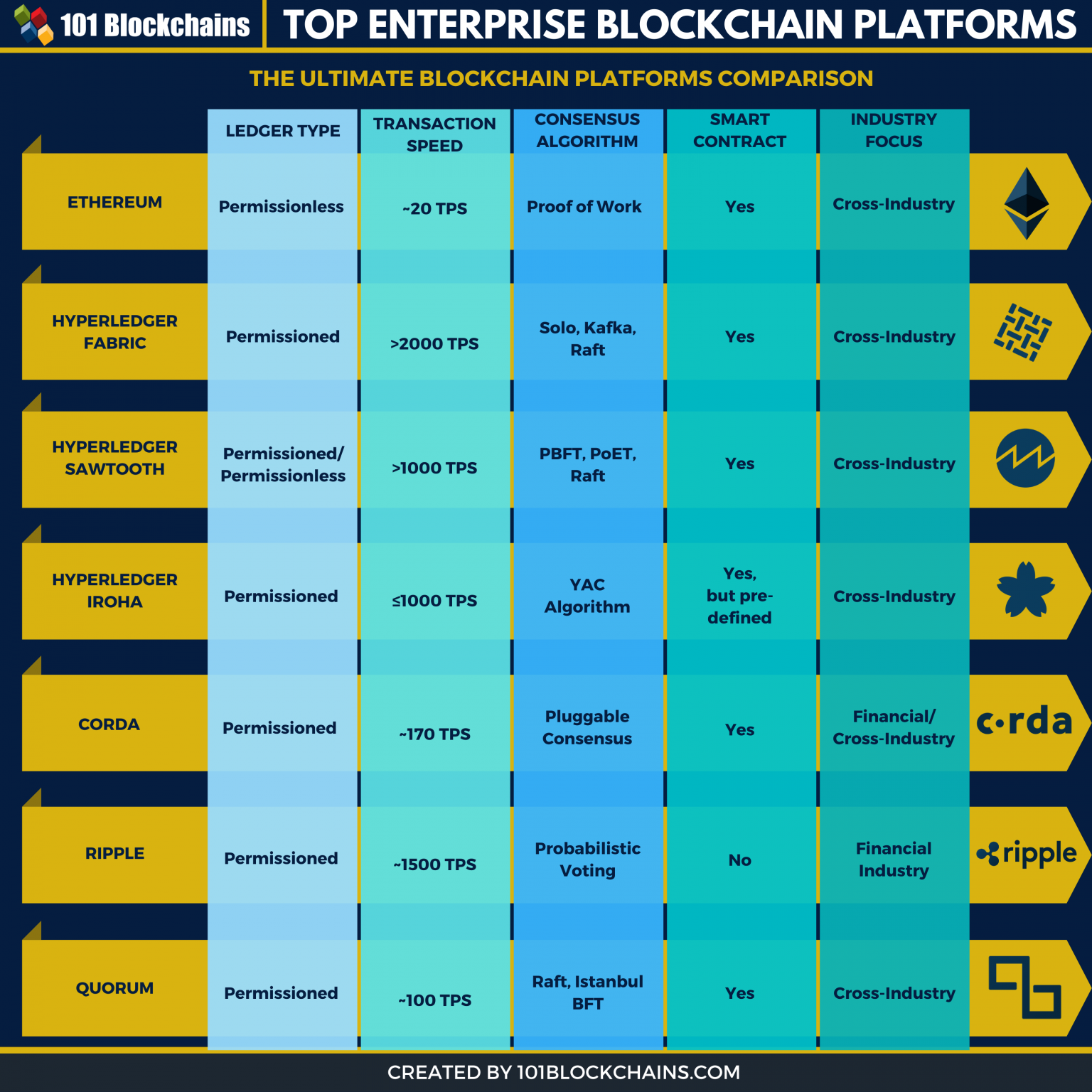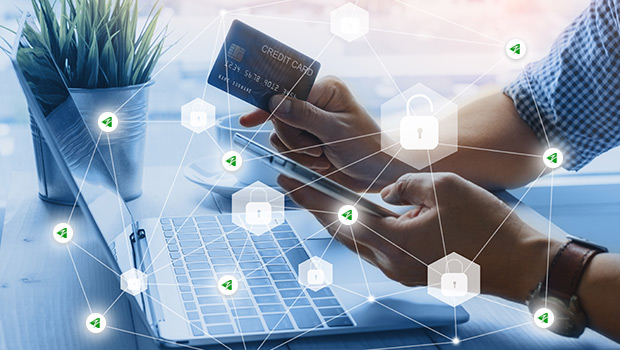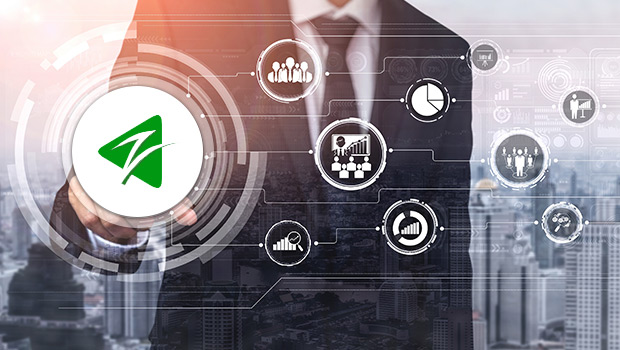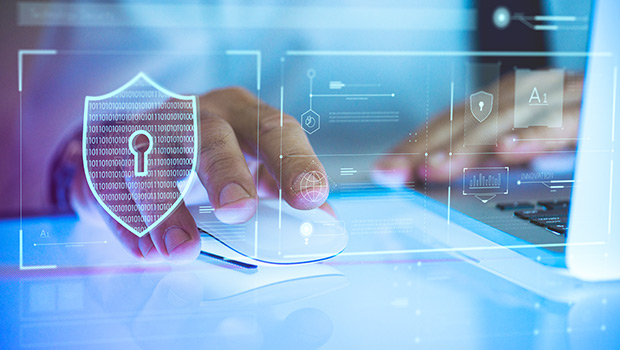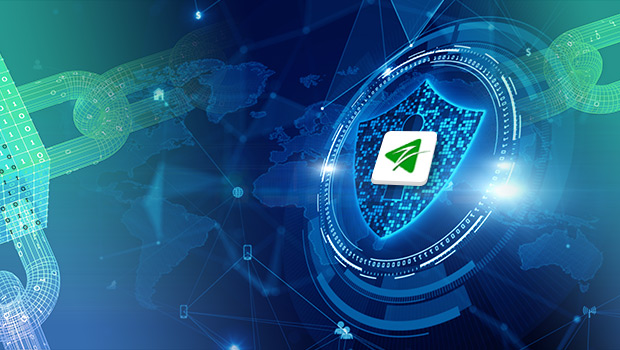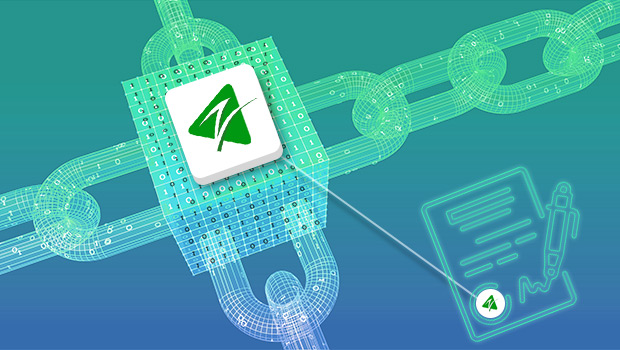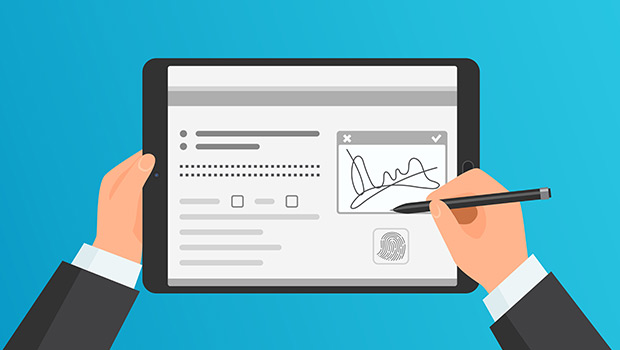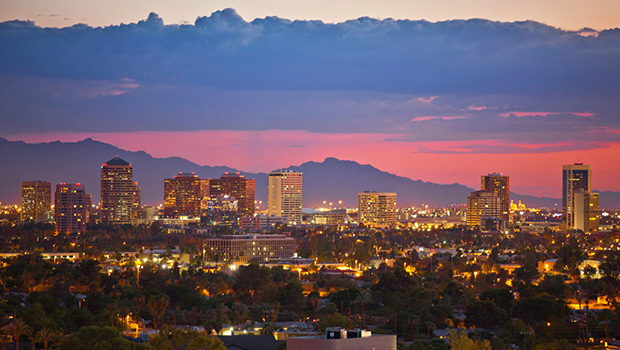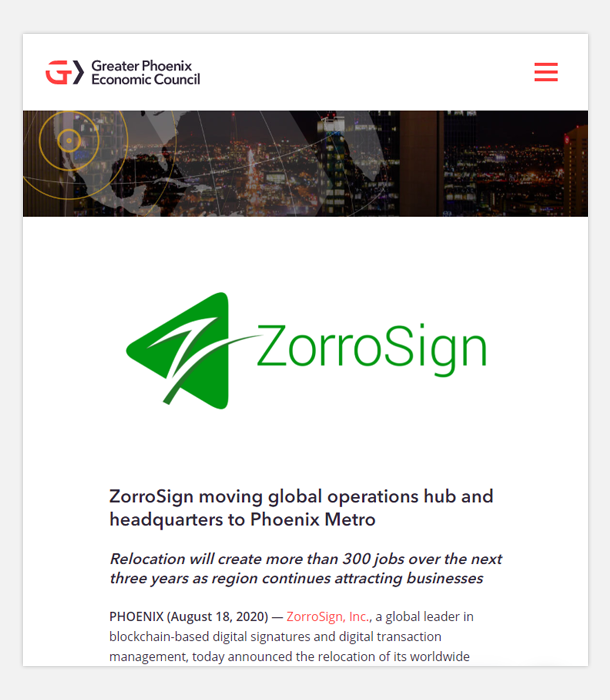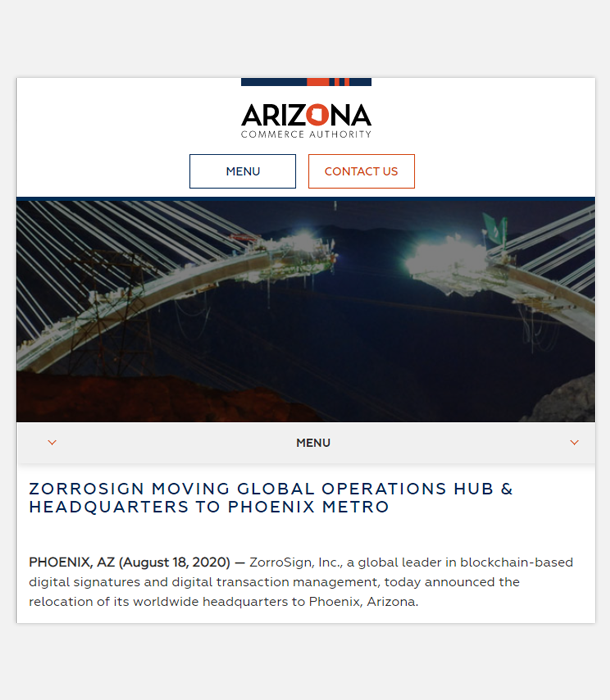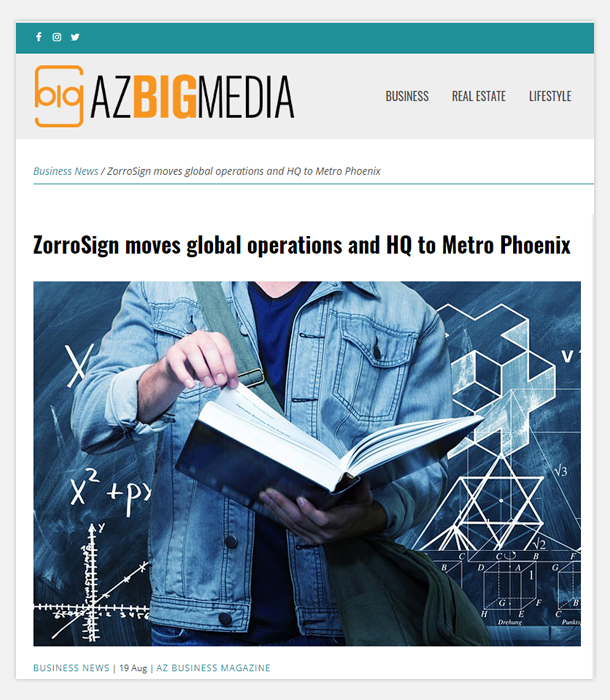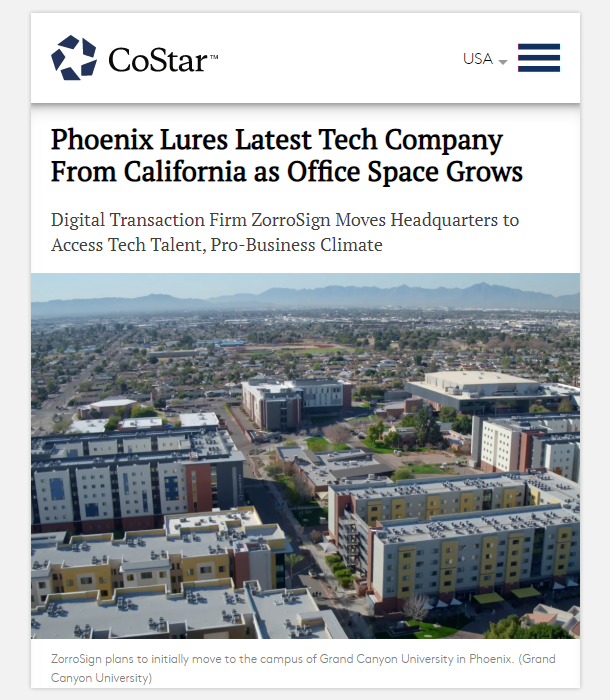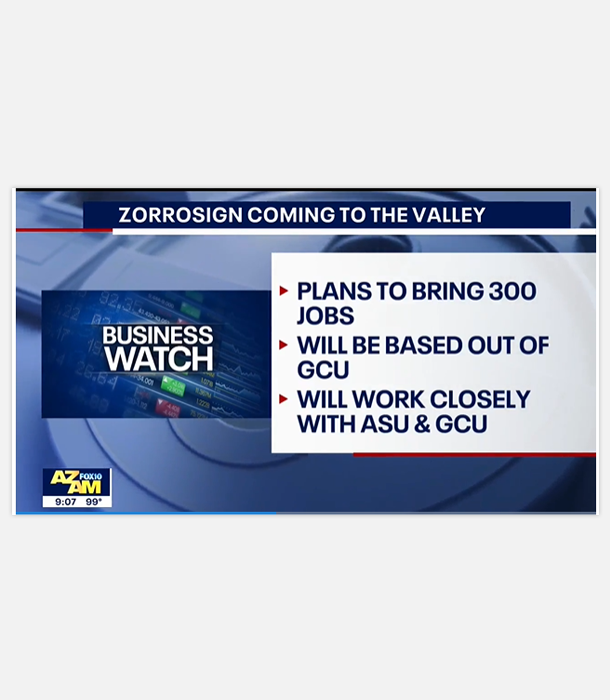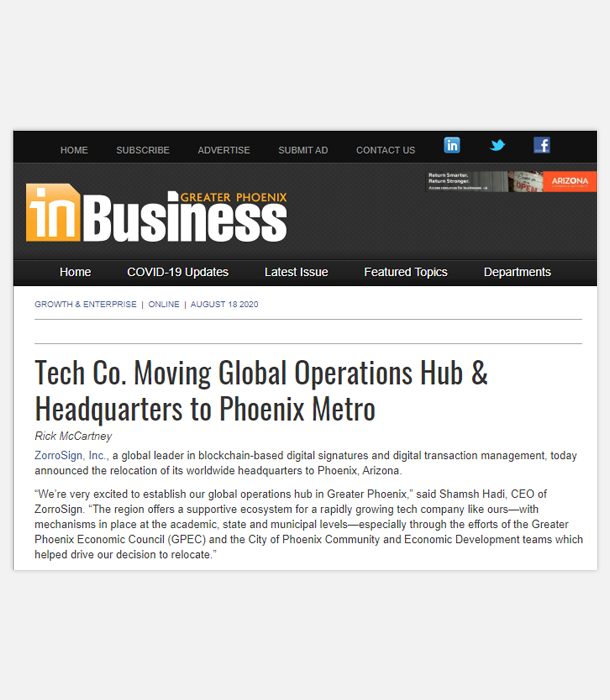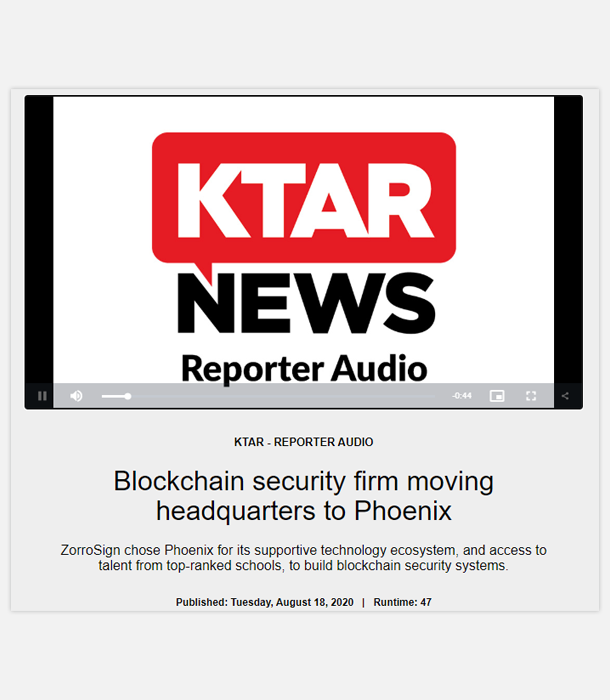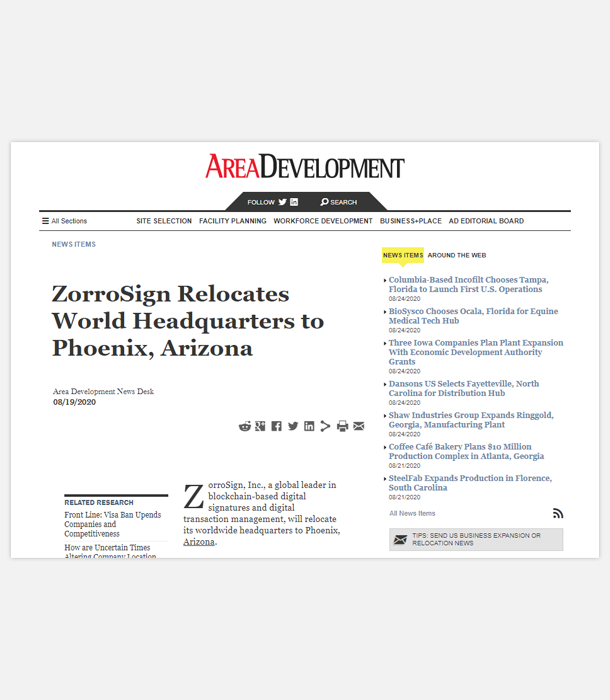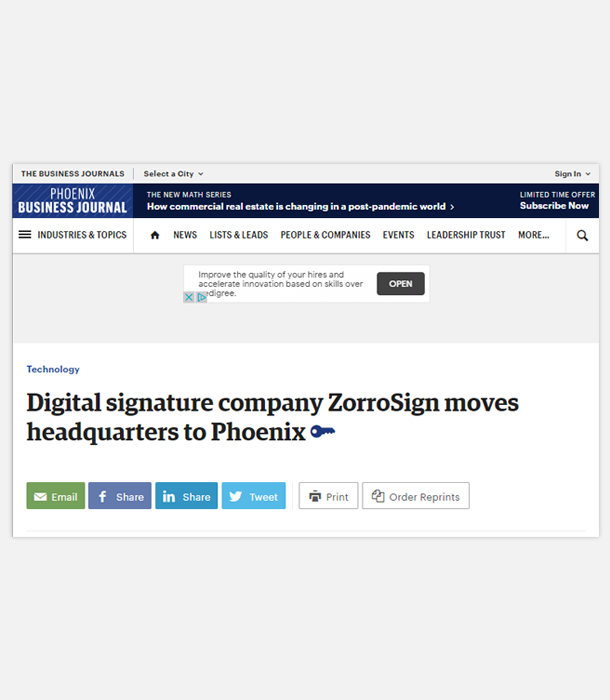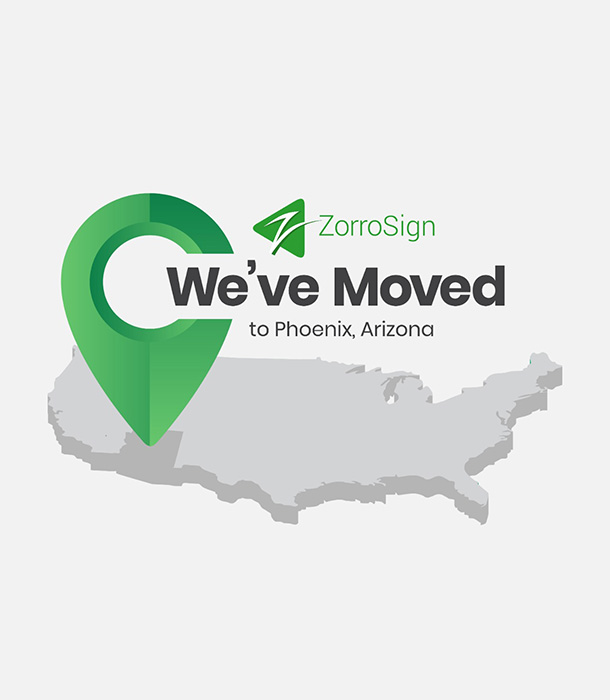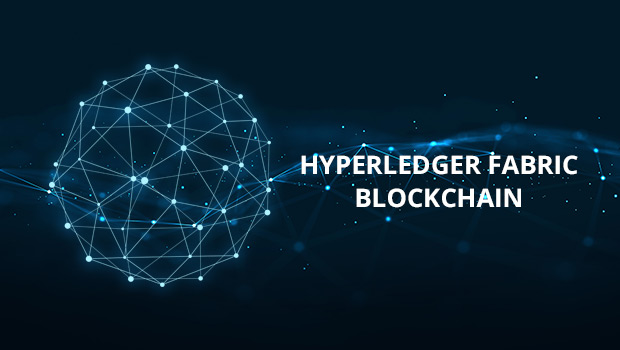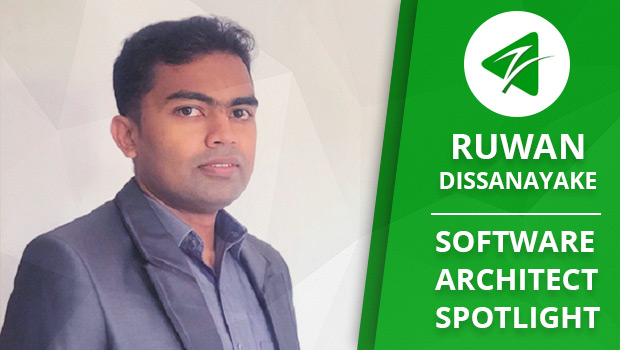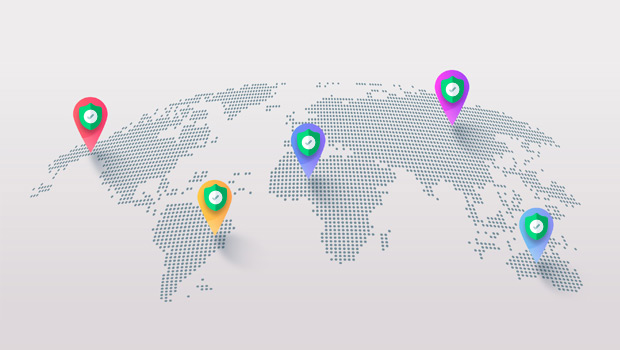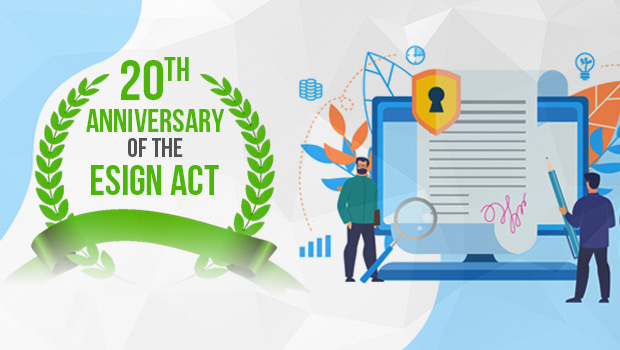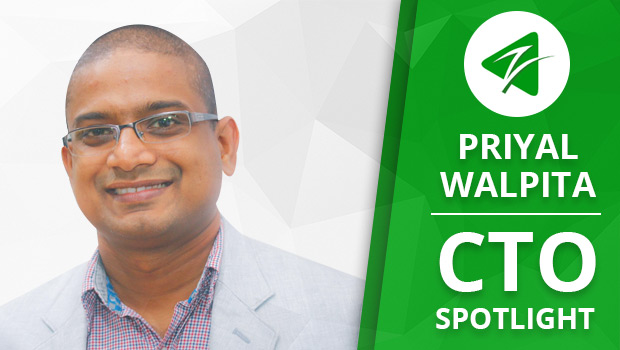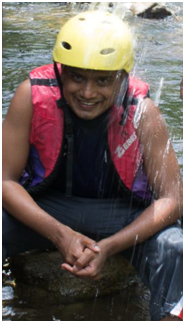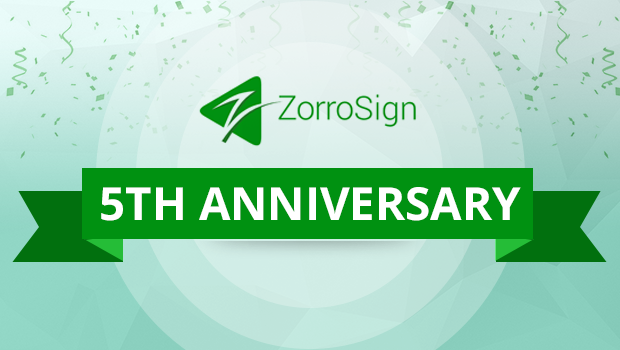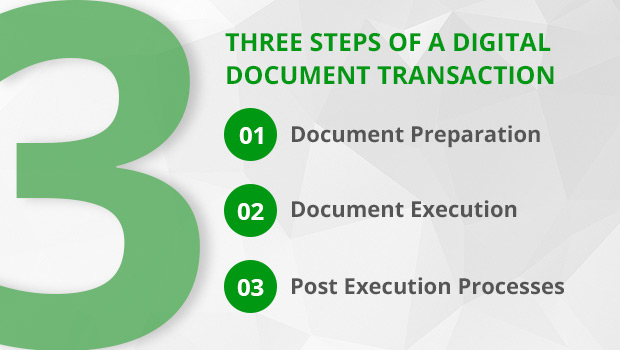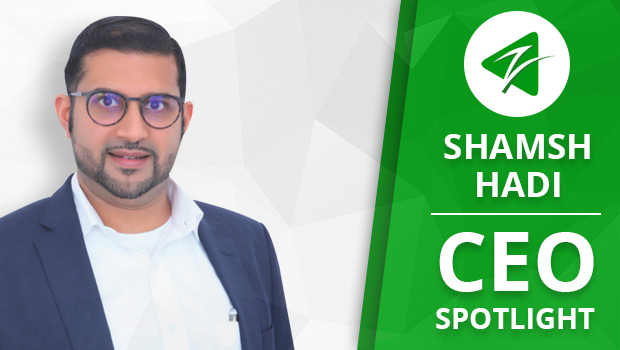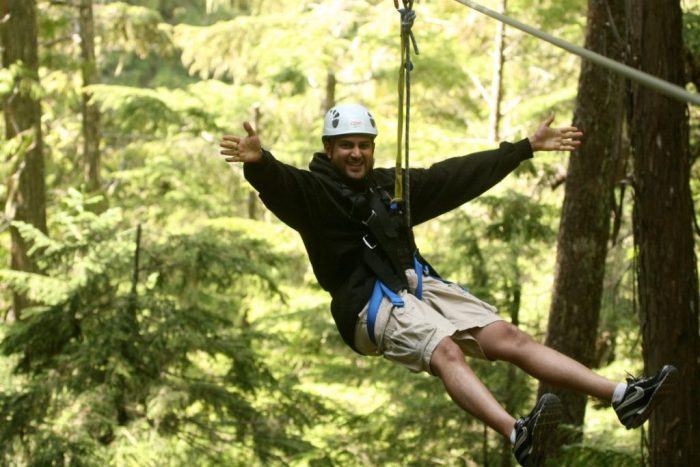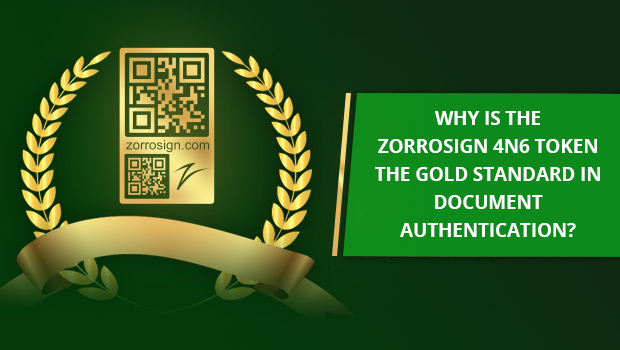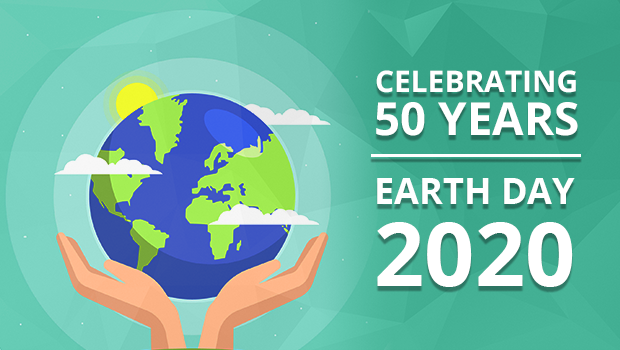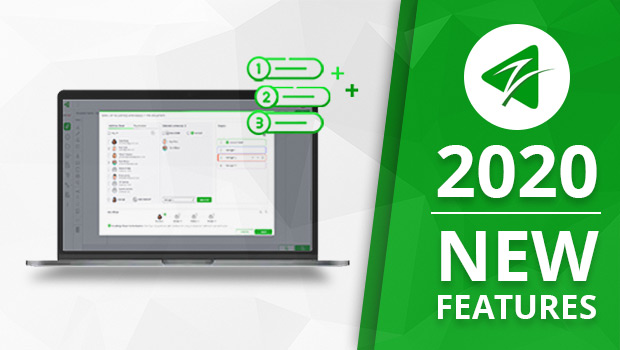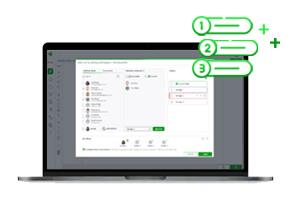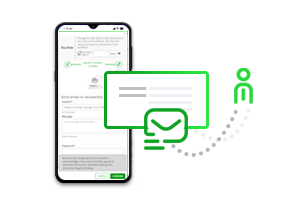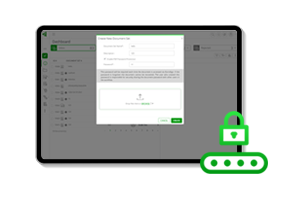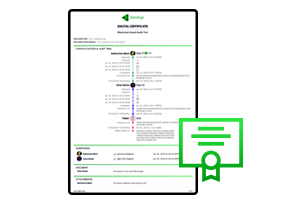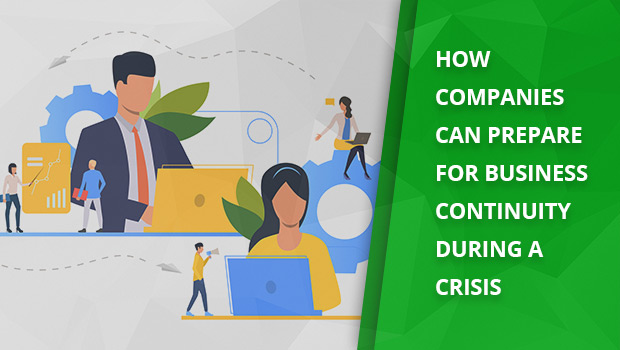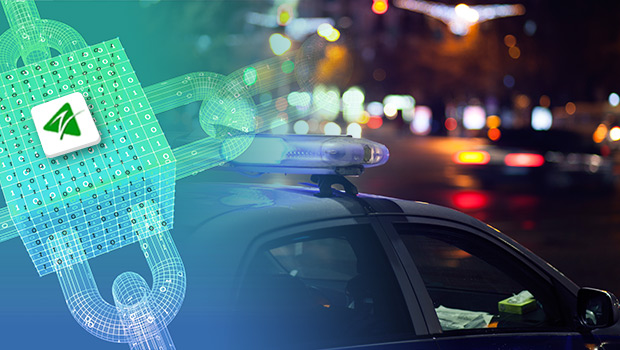
U.S. law enforcement agencies such as police departments, sheriffs, probation offices, prisons, prosecutors, and district attorneys are relying more and more on digital records. In serving the public, LE agencies need to ensure data privacy and security no matter if their records are paper or digital.
ZorroSign offers a technology platform built on blockchain to support law enforcement, including digital signatures, documents, workflows and archives to enhance the privacy, security, and efficiency of any LE administrative process.
“Law enforcement increasingly needs to have access to data residing in remote data centers, and investigators frequently face multiple barriers in this process. As more data routinely collected by investigators have come to reside in remote locations, these barriers have become a growing challenge for stakeholders.”
~Michael J. D. Vermeer, Dulani Woods, Brian A. Jackson
Identifying Law Enforcement Needs for Access to Digital Evidence in
Remote Data Centers (Rand Corporation white paper)
ZorroSign can help LE agencies with:
- Digital signatures across personnel records, payroll, budgeting, contracts, and finances
- Digital documents related to court commitments, jurisdictional and warrant transfers, and supporting depositions
- Expediting the collection of Uniform Crime Reporting (UCR) statistics—providing officers in the field with an easy-to-use tool to scan licenses and automatically populate a digital ledger with all required UCR data
- An immutable audit trail for all LE, administrative, and legal documents in digital formats
Chain of Custody
Perhaps ZorroSign’s greatest value to law enforcement is protecting the chain-of-custody.
According to a 2020 white paper issued by the National Center for Biotechnology Information (NCBI), “Maintaining the chain of custody should be considered a professional and ethical responsibility by those in charge of the evidence. It is imperative to create appropriate awareness regarding the importance and correct procedures of maintaining the chain of custody of evidence among the people dealing with such cases… it must remain in mind that it is the most critical procedure which ultimately decides the admissibility of evidence in the court of law.”
ZorroSign’s platform can place all aspects of evidence documentation—audit trail, chain of custody, documents and attachments, user authentication information, and digital signatures) on a private permissions-based blockchain to create an immutable and legally-binding record. This ensures the highest levels of security are observed, all evidence is legally defensible, and gives LE agencies a high level of confidence in every step of the evidence documentation process.
Further, ZorroSign’s technology can easily be integrated into a law enforcement organization’s existing document management system—augmenting their ability to protect and secure all sensitive data, while delivering operational efficiencies that can lower costs and raise administrative productivity.
The Security of Blockchain Plus the Privacy of Hyperledger Fabric
Blockchains are a distributed ledger technology (DLT) using digital cryptography to secure information records (blocks) distributed across users (nodes) on peer-to-peer (P2P) networks. They can be run publicly (open to anyone becoming a node, used for cryptocurrencies like Bitcoin) or privately (permissioned to limit who can become a node, used for business applications like Hyperledger Fabric).
ZorroSign’s platform is built entirely on a private, permissioned Hyperledger Fabric to protect identities and data—uniquely authenticating users, encrypting communications, and securing digital data immutably through that data’s lifetime.
For LE agencies that desire to securely transform paper-based workflows, ZorroSign’s digital signature and document management platform can decrease costs, reduce errors, and increase productivity. As a private blockchain, ZorroSign can ensure privacy is always maintained as only approved nodes (users) can write to ZorroSign’s blockchain.
Uniquely, ZorroSign also uses a patented 4n6 (“forensics”) token—a kind of digital seal that captures the complete audit trail and the document’s DNA. The token is digitally encrypted and contains all the details about the transaction including timestamps, user authentication, document, and attachments. As a result, ZorroSign’s architecture has even tighter privacy and security measures than other blockchains.
Committed to the Men & Women in Blue
ZorroSign strongly supports the men and women in law enforcement who put their lives on the line every day to defend our communities and protect our freedoms. ZorroSign has partnered with the National Law Enforcement Officers Memorial Fund (NLEOMF) and committed to 10% of ZorroSign’s sales to law enforcement be donated to the Memorial Fund.

We believe our digital signatures and document management solutions to be the most private, most secure available and we are eager to prove it for law enforcement. Contact us today to learn more!
